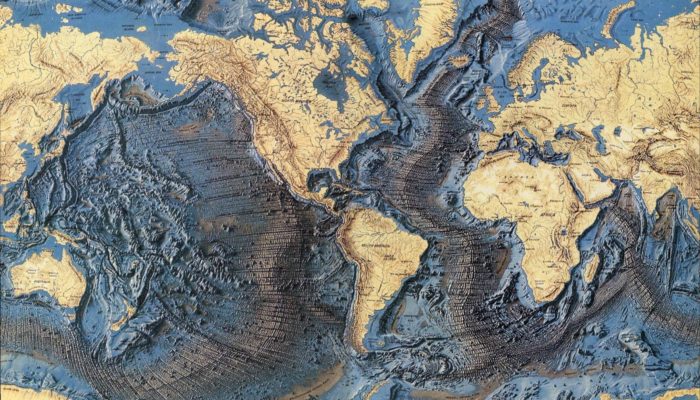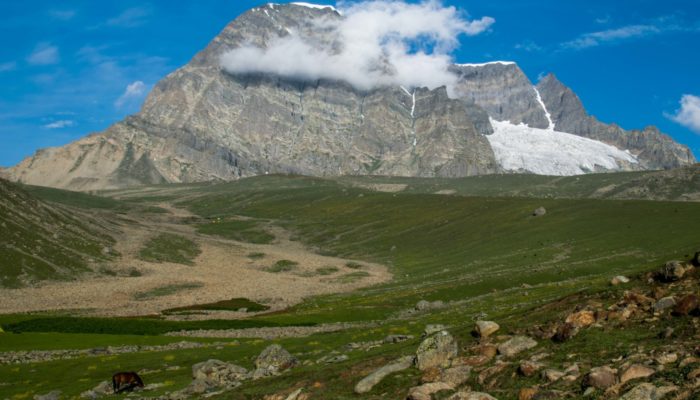This year, once again, the EGU General Assembly (GA) will be completely online. The 2021 GA will include all components of an in-presence EGU GA, such as sharing scientific content, connecting with your peers, making new contacts, attending short courses, etc. With the virtual GA looming in one week, it’s time for all attendees to finish (or start..) their scientific contributions and figure out h ...[Read More]
The boundaries of plate modelling
This weeks post is all about the importance of boundaries. Plate boundaries that is. Jean-Christophe Wrobel-Daveau and Graeme Nicoll tell us why we should care where plate boundaries are and how they evolve through time, when attempting to reconstruct past plate motions. Global plate tectonic models are an incredible way to synthesise geological knowledge to gain both direct and indirect insight i ...[Read More]
Modelling the deformation in the Indian plate and the India-Eurasia collision zone
A complete fluid dynamical approach of modeling the Earth’s deformation can not provide a complete picture due to presence of rigid lithospheric plates. In this week’s news and views, Srishti Singh, scientist at National Geophysical Research Institute, India, explains how coupled models of lithosphere dynamics and mantle convection are developed. The ongoing collision of the Indian plate wi ...[Read More]
The Sassy Scientist – Growing Pains
Despite the emergence of some minor ailments, Antti is still going strong with his research. With a slight declination in his productivity levels whilst stubbornly grunting along, he feels he should (and perhaps could) do better. Annoyed, he growls: Academia has cost me my 20/20 vision (and given me a sore ass). Who do I blame? Dear Antti, Blame me. I apologize unreservedly for prolonging your scr ...[Read More]




